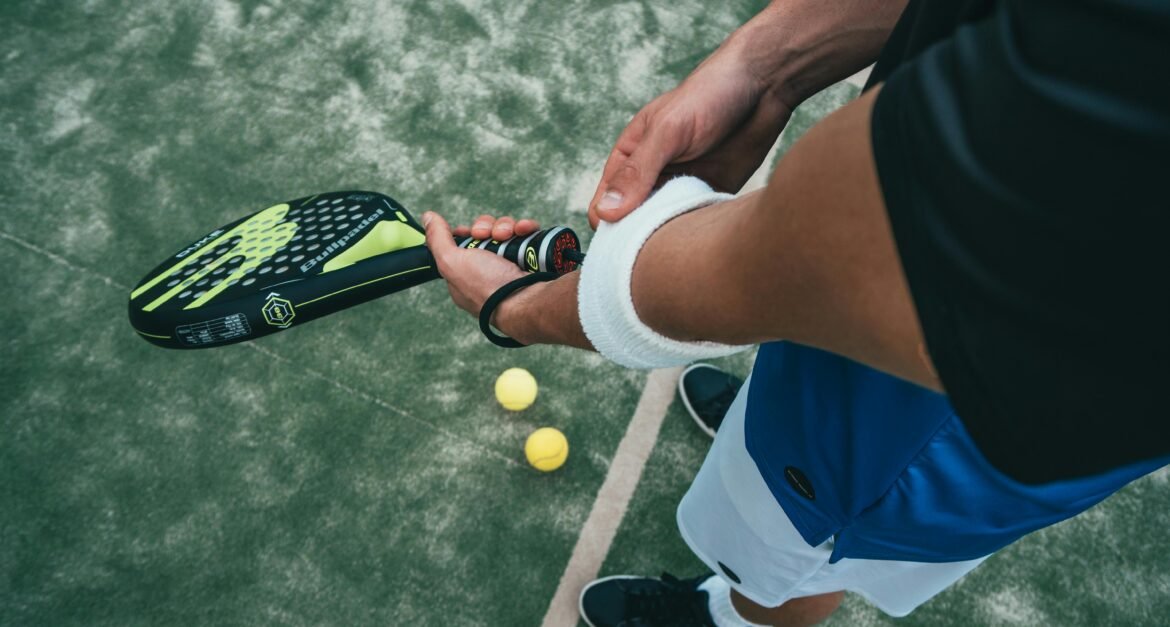Tennis elbow, medically known as lateral epicondylitis, is a common condition that affects many individuals, not just tennis players. It results from overuse of the elbow, causing pain and inflammation around the outside of the elbow. This blog post will explore the causes, symptoms, and treatment options for tennis elbow, helping you understand how to manage and prevent this condition.
What is Tennis Elbow?
Tennis elbow is a condition characterized by pain and tenderness on the outside of the elbow. It occurs when the tendons in your elbow are overloaded, usually by repetitive motions of the wrist and arm. Despite its name, anyone can develop tennis elbow, especially those who engage in activities that involve repetitive arm and wrist movements.
Causes of Tennis Elbow
Tennis elbow is often caused by repetitive stress and overuse. For example, common activities that can lead to tennis elbow include:
- Sports: Tennis, racquetball, squash, and other racquet sports.
- Occupational Tasks: Carpentry, painting, typing, and other activities that involve repetitive arm movements.
- Hobbies: Gardening, knitting, and other repetitive hand and arm motions.
Symptoms of Tennis Elbow
Recognizing the symptoms of tennis elbow is crucial for early intervention and treatment. Common symptoms include:
- Pain and Tenderness: Pain on the outside of the elbow that may radiate into the forearm and wrist.
- Weak Grip Strength: Difficulty gripping objects or performing tasks that require wrist and hand strength.
- Stiffness: Stiffness in the elbow, especially in the morning.
- Burning Sensation: A burning sensation on the outer part of the elbow.

Diagnosis of Tennis Elbow
In order to diagnose tennis elbow, an orthopedic specialist will perform a physical examination and review your medical history. In some cases, imaging tests such as X-rays or MRI scans may be necessary to rule out other conditions.
Treatment Options for Tennis Elbow
Treatment for tennis elbow aims to reduce pain, promote healing, and prevent recurrence. Some options include:
- Rest and Activity Modification: Avoid activities that aggravate the condition and give your elbow time to heal.
- Physical Therapy: Specific exercises can strengthen the muscles of the forearm and improve flexibility.
- Medications: Over-the-counter pain relievers and anti-inflammatory drugs can help manage pain and inflammation.
- Bracing: Using a brace or strap can reduce strain on the affected tendons.
- Injections: Corticosteroid injections can provide temporary relief from pain and inflammation.
- Extracorporeal Shock Wave Therapy (ESWT): A non-invasive treatment that uses shock waves to stimulate healing.
- Surgery: However, in severe cases, where conservative treatments fail, surgery may be necessary to remove damaged tissue and reattach healthy tendon.
Preventing Tennis Elbow
Preventing tennis elbow involves taking steps to reduce stress on your tendons:
- Proper Technique: Ensure you use proper techniques in sports and other activities to avoid overloading your elbow.
- Ergonomic Adjustments: Modify your work environment to reduce repetitive strain.
- Strengthening Exercises: Regular exercises to strengthen your forearm muscles can help prevent recurrence.
- Warm-Up and Stretching: Always warm up and stretch before engaging in activities that involve repetitive arm motions.

Indeed, Tennis elbow is a painful condition that can significantly impact your daily activities. Early recognition and appropriate treatment are essential for recovery. Here at Matthewson Ortho, we specialize in diagnosing and treating orthopedic conditions like tennis elbow. We are dedicated to helping you regain function and return to your favorite activities pain-free. If you’re experiencing symptoms of tennis elbow, contact us today to schedule a consultation.
However, by understanding the causes, symptoms, and treatment options for tennis elbow, you can take proactive steps to manage and prevent this condition.
